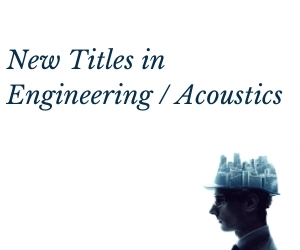System Upgrade on Tue, May 28th, 2024 at 2am (EDT)
Existing users will be able to log into the site and access content. However, E-commerce and registration of new users may not be available for up to 12 hours.For online purchase, please visit us again. Contact us at customercare@wspc.com for any enquiries.
Pile foundations are the most common form of deep foundations that are used both onshore and offshore to transfer large superstructural loads into competent soil strata. This book provides many case histories of failure of pile foundations due to earthquake loading and soil liquefaction. Based on the observed case histories, the possible mechanisms of failure of the pile foundations are postulated. The book also deals with the additional loading attracted by piles in liquefiable soils due to lateral spreading of sloping ground. Recent research at Cambridge forms the backbone of this book with the design methodologies being developed directly based on quantified centrifuge test results and numerical analysis.
The book provides designers and practicing civil engineers with a sound knowledge of pile behaviour in liquefiable soils and easy-to-use methods to design pile foundations in seismic regions. For graduate students and researchers, it brings together the latest research findings on pile foundations in a way that is relevant to geotechnical practice.
Sample Chapter(s)
Foreword (85 KB)
Chapter 1: Performance of Pile Foundations (4,832 KB)
Contents:
- Performance of Pile Foundations
- Inertial and Kinematic Loading
- Accounting for Axial Loading in Level Ground
- Lateral Spreading of Sloping Ground
- Axial Loading on Piles in Laterally Spreading Ground
- Design Examples
Readership: Researchers, academics, designers and graduate students in earthquake engineering, civil engineering and ocean/coastal engineering.















